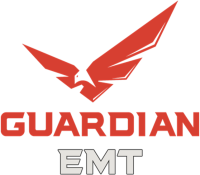The journey to becoming an EMT is as rewarding as it is challenging. EMT training programs are designed to equip students with the knowledge, skills, and experience needed to handle emergencies effectively. Here’s an in-depth look at what a typical day in EMT training might look like, so you know what to expect.
Your day often begins in the classroom, where you’ll dive into the theoretical aspects of emergency medical care. Topics covered include:
Instructors use a variety of teaching methods, including lectures, videos, and interactive discussions, to make complex topics accessible and engaging.
After classroom learning, you’ll transition to practical skills training. These sessions take place in simulation labs equipped with realistic mannequins, medical equipment, and mock environments. Skills you’ll practice include:
Instructors and peers will provide feedback to help you refine your techniques and build confidence.
One of the most exciting parts of EMT training is participating in scenario-based exercises. These simulations replicate real-life emergencies, such as:
You’ll work as part of a team to assess the situation, provide appropriate care, and make decisions under pressure. These scenarios are invaluable for developing critical thinking, teamwork, and adaptability.
To gain real-world experience, most EMT training programs include clinical rotations in hospital emergency departments and ride-alongs with ambulance crews. During these experiences, you’ll:
These opportunities provide a glimpse into the daily life of an EMT and prepare you for the challenges and rewards of the job.
After a full day of training, you’ll need to dedicate time to studying and reviewing course material. Effective study strategies include:
Reflecting on your experiences and identifying areas for improvement will help you grow as a future EMT.
EMT training is a demanding but incredibly rewarding process. Each day offers new opportunities to learn, practice, and build the skills needed to save lives. By embracing the challenges and staying committed, you’ll be well-prepared to embark on a fulfilling career in emergency medical services.
